Feature
Illegal farming is harming Madagascar's biodiversity. Here’s what USAID Hay Tao is doing to stop it.
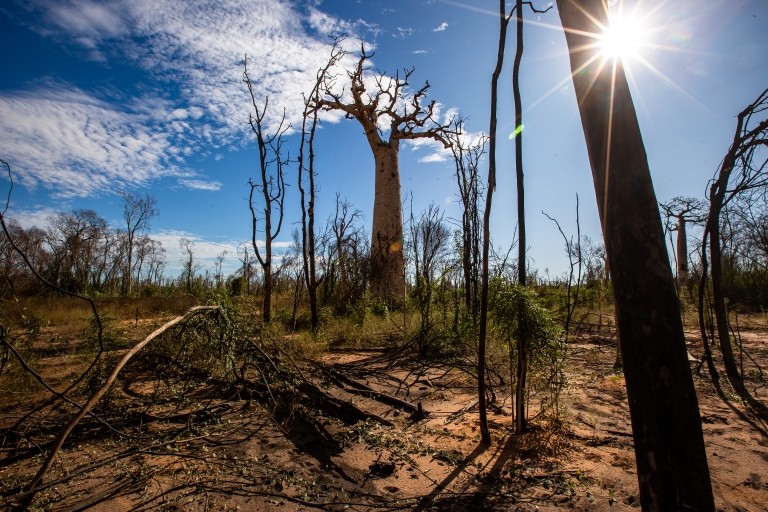
Famine in Madagascar’s dry southern region is driving migrants northwest to the fertile Menabe Antimena area. This designated protected area is home to Madagascar's largest dry forest, iconic baobab trees and other endemic wildlife. The migrants often burn protected areas illegally – unsustainably cultivating corn and peanuts to provide for their families before moving on. Many are implicated in this complicated chain: forest agents that look the other way while taking a cut, government officials and villagers who collect and sell the crops. Meanwhile, the region’s native species are at risk.
With the support of USAID Hay Tao, the forests and their unique biodiversity have a better chance of withstanding the complex challenges facing one of the poorest countries in the world, whose citizens depend on its natural resources for their own livelihoods. If the environment continues to deteriorate, there will be dire consequences for Madagascar’s people and biodiversity.
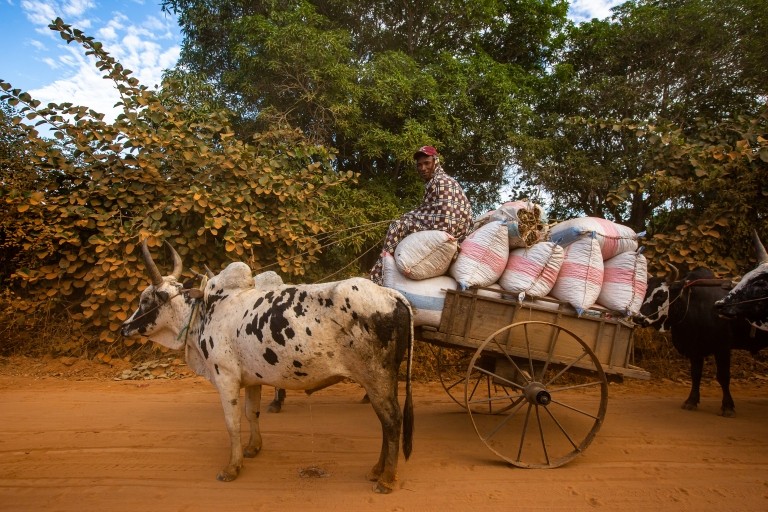
Legal clinics and a reporting hotline
“The advantage is that it is fast,” says Florent Flavien, president of Beroboka village (fokontany) in the Menabe region, of the 512 hotline. It is a free number established by Alliance Voahary Gasy (AVG), a USAID Hay Tao consortium member, for people to call if they see illegal activity in the forest or marine areas. With a motto of “distribution of rights - support - advice,” this hotline allows any citizen to report any environmental wrongdoing. Calls are free and are treated with the utmost confidentiality. “We need the legal clinic to learn the environmental laws,” he says. Flavien is also vice president of a local community group that patrols the forest regularly to monitor and report infractions.
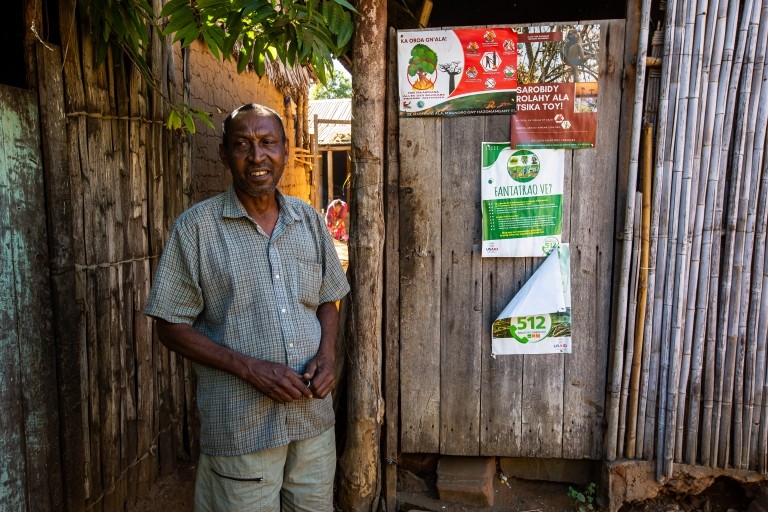
The legal environmental clinics, supported financially through USAID Hay Tao, help the public to better understand laws and legal procedures around issues pertaining to park borders, land clearing, wildlife trafficking and illegal logging and mining. “AVG initiated the clinics in 2012 in response to the needs of legal environmental literacy and advice, and to the high rate of corruption in the justice sector in Madagascar,” said AVG president, Ndranto Razakamanarina. With USAID Hay Tao, AVG is training communities and protected area managers how to report on infractions to the Ministry of Environment and Sustainable Development (MEDD), police and courts.
Norbert, who has been part of the legal clinic in North Beroboka for about a year, finds that there have been fewer infractions and people are more aware of the laws because of the clinic. Though he was the former assistant mayor from 2004 to 2007, he “had enough of politics,” so he turned his attention back to farming rice, peanuts and lentils. He finds that the clinic allows him to take more “concrete actions toward environmental justice and safeguarding human rights.”
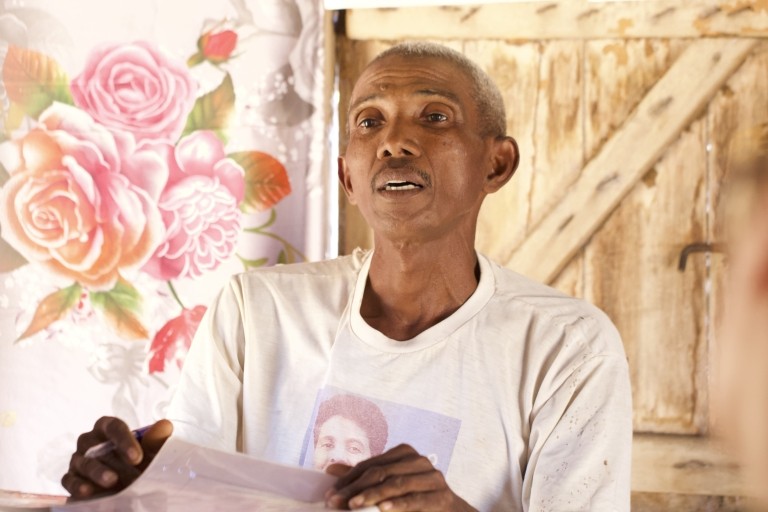
Policy approaches
The Solidarité des Intervenants sur le Foncier organization (Solidarity of Land Stakeholders, or SIF), another consortium member, is working to facilitate land access, especially for the most vulnerable populations. They seek to improve legal, administrative and technical frameworks by raising awareness and disseminating land-related information among rural communities and authorities responsible for land reform. With USAID Hay Tao, they are working to secure legal land access for migrants in the Menabe region that would help prevent illegal farming in protected areas.
Often there are land tenure conflicts with the local population. When the MEDD defines a protected area that local people have been using, the people are suddenly unable to have access to the land that they have been cultivating and that they feel belongs to them. “People were astonished to know that there are laws that govern the environment, that there are laws that prohibit cutting or other actions in the protected areas,” says AVG’s regional coordinator, Onja Razanamaro. “Now with the environmental legal clinics, people are happy to learn the laws and discuss their problems with us. They say, ‘Luckily, you are here to help us.’ It is a trusted institution for them."
“You cannot separate the environment and land. In addition, the land is essential for biodiversity as a living environment,” Razanamaro says.
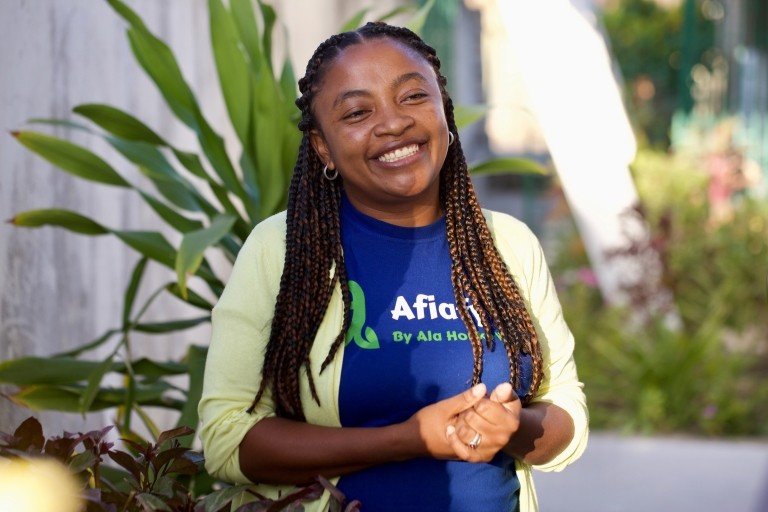
A major policy component of USAID Hay Tao includes incorporating an environmental angle into the local legal system, called Dina, where this had been lacking previously. “The difference between the 2016 version and the 2021 version of the Dinan’i Menabe is that the latter integrates environmental aspects–terrestrial, marine and land. The 2016 version is only local governance measures in general,” says Lalaina Rakotoson, policy analysis specialist at Pact in Madagascar. “USAID Hay Tao financed the Dina update.”
“We imprisoned more than 200 people who committed infractions. As we cannot stop the migrants from coming, one solution is to relocate them in specific land reserves and sensitize them to do more sustainable farming,” says Serge Lucky Randriantsoa, Governor of the Menabe region.
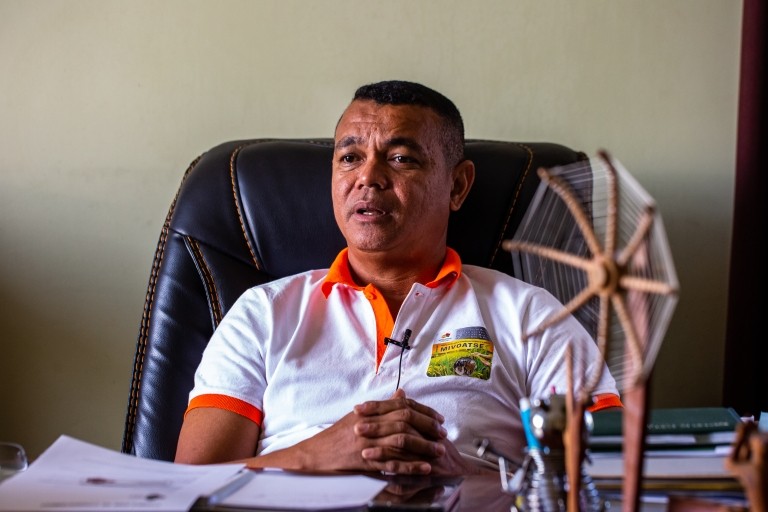
Investigative journalism to promote accountability
Suza Razafindrahety is the president of the journalist association in Menabe and works for Radio Voix de la Sagesse (RVS) in Morondava. “I like working at the radio. I learn every day,” she says. “It is an important media with wide geographic coverage and the power to reach rural areas.”
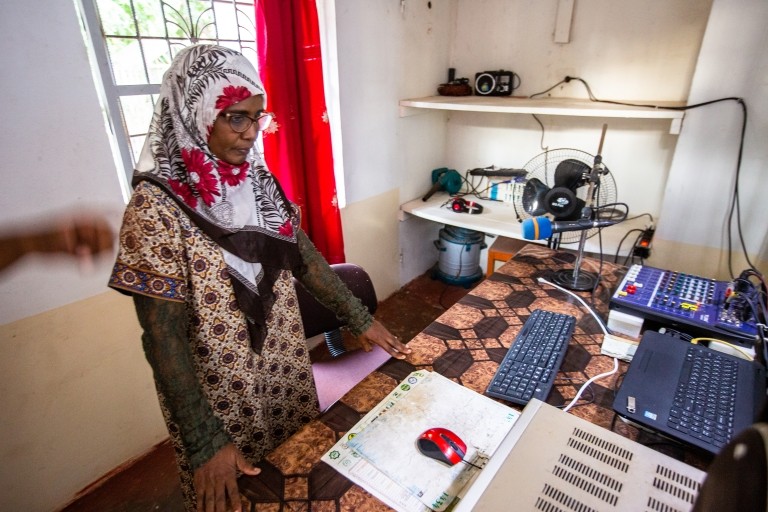
Through USAID Hay Tao, she attended trainings on investigative journalism to promote transparency by making more of the public aware of the difficult situation in the protected area. She appreciated learning the new method of journalism: creating a hypothesis, finding sources, gathering evidence, ways of interviewing and asking tough questions.
Several months ago, she went to the Menabe Antimena protected area to research a story and identify who was responsible for the destruction of a certain area. “I was afraid the whole time,” says Razafindrahety. "But I had to face my fears because this is important work. After the training, I am bolder, and I keep asking questions. I am from this region,” she says. “I want to protect it.”
Steps forward
There are no easy answers in Menabe, where so many forces are at play. “There is really an economic and social interest in maintaining and developing the protected areas,” says Alain Liva Raharijaona, executive director of Foundation for Protected Areas and Biodiversity of Madagascar.
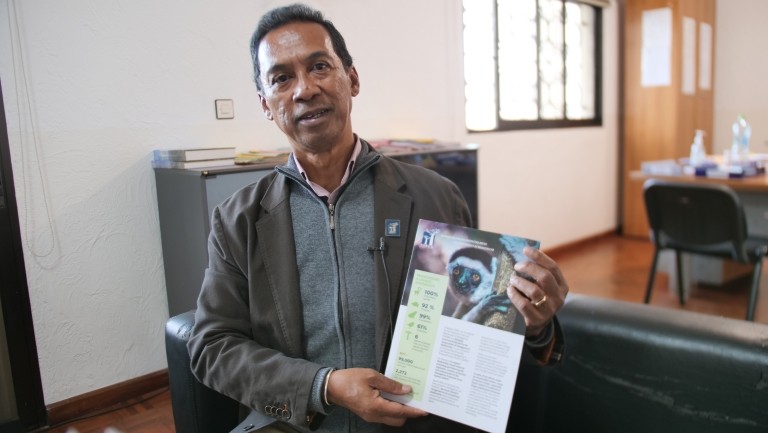
“Communities are the solution. They have been seen as a threat to biodiversity, but it is they who can best protect it. It is impossible to protect biodiversity without the support of communities. They are the first guardians of the protected areas. When they are convinced of the need, that they must defend biodiversity, the lands are preserved.”
“The solution can never be to bring in the police. The solution is to convince the community that they need to protect the forest. When they are convinced, a solution will come.”
This content is made possible by the support of the American People through the United States Agency for International Development (USAID). This content is the sole responsibility of USAID Hay Tao project and do not necessarily reflect the views of USAID or the United States Government.